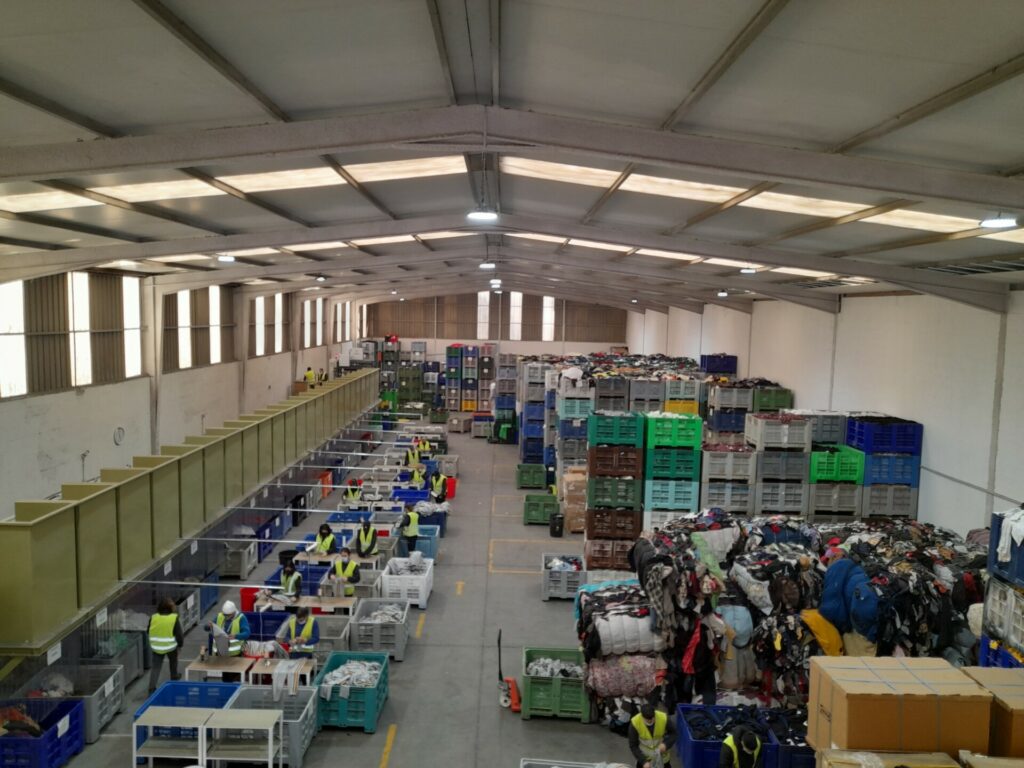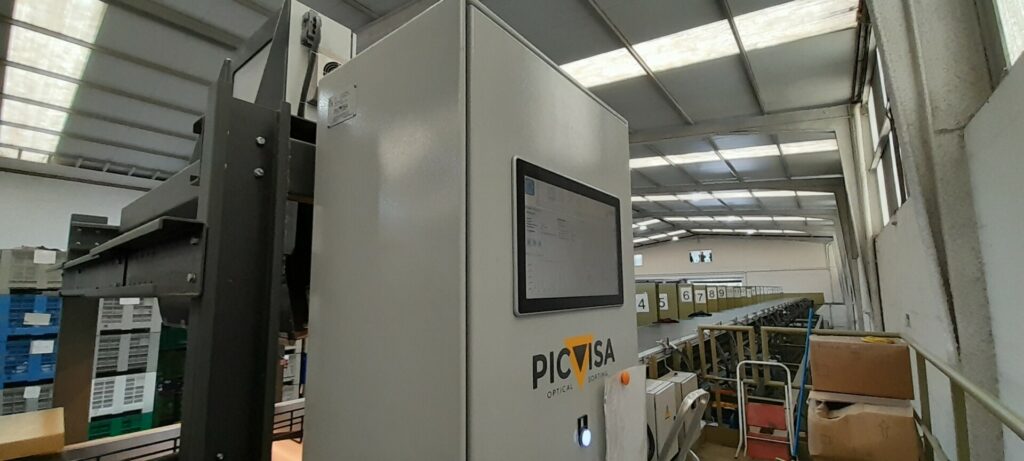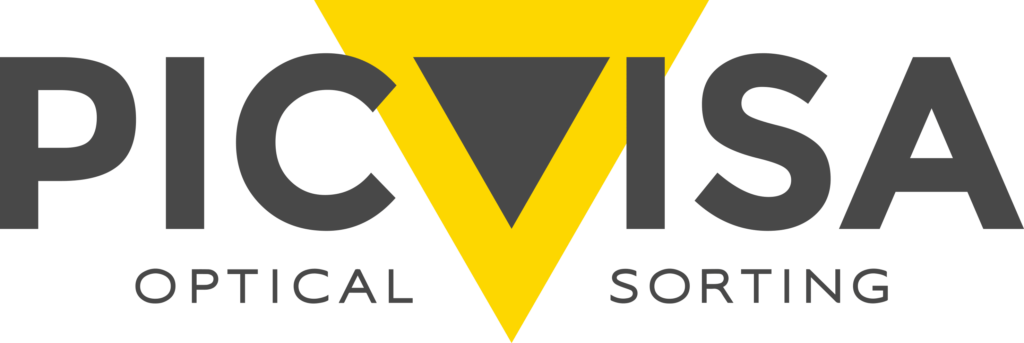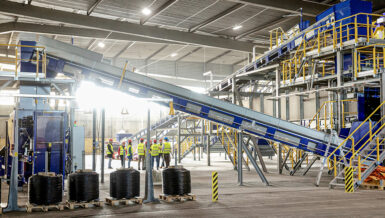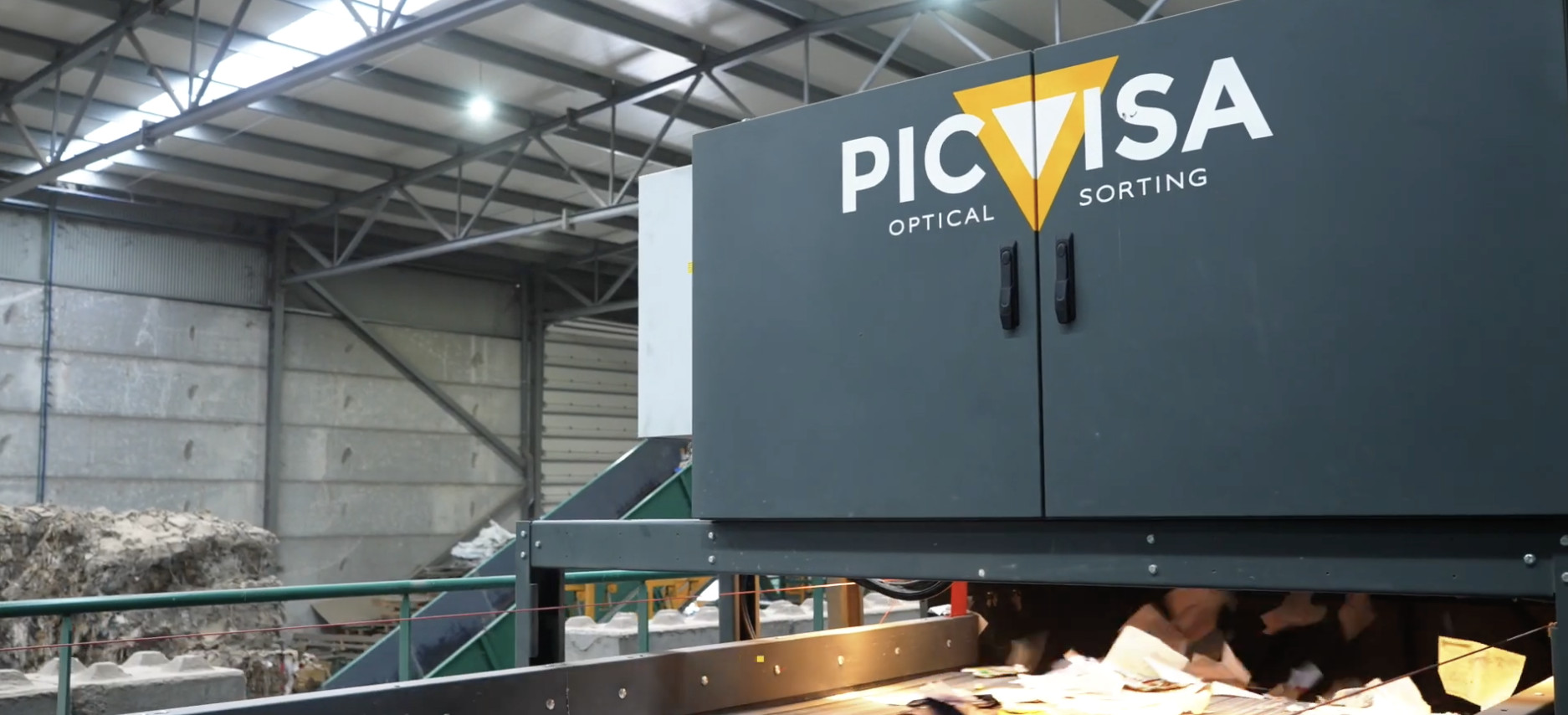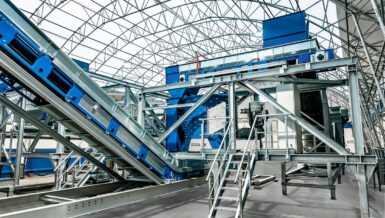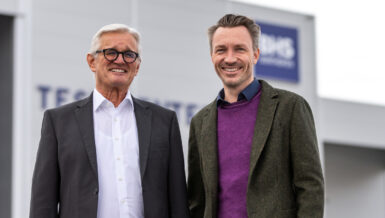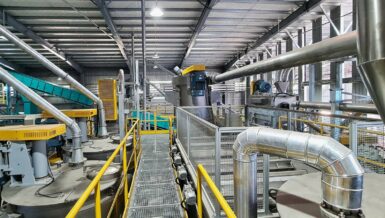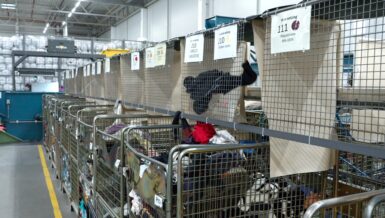To make this challenge a reality, technology takes a leading role in the automated classification of textile waste. A technology based on the so-called hyperspectral vision, which allows a greater recovery of value through an automated separation of materials.
Artificial Intelligence And Artificial Vision
In pursuit of the automation of the classification and separation of textile waste, PICVISA develops technological solutions based on artificial intelligence and artificial vision, such as the ECOSORT TEXTILE optical separator that, adding NIR technology and side blowing technology, allows to classify and automatically separate several types of textile waste, by composition (cotton, polyester, viscose and other fibers), color or shape.
On the other hand, PICVISA has also developed, for the textile recycling company Coleo Recycling, a software that detects garments by their chemical composition and color and an automatic separation system in specific containers that allows classifying up to 24 different combinations of textile materials and colors at the same time. Thanks to the technological solution implemented by PICVISA, Coleo Recycling can classify and trace some 2,200 tons of textile waste annually (with one labor shift per day) what saves up to 4200 tons co2.
The great challenge of textile recycling remains, however, the coexistence of different types of fiber in the same fabric. This coexistence makes post-consumer textile recycling, with tons of clothes of different fibers mixed, more complicated than pre-consumer recycling, when it is easier to know the exact composition of a fabric and recycle it. The solution involves regulating the manufacture of garments through eco-design to limit the casuistry, and the development of processes, such as the manufacture of new fibers from recycled waste, which make the textile industry a truly circular economy.
More Recycling, More Sustainability
There is no doubt that the recycling of textile waste is a key element in reducing the huge carbon footprint of the industries that generate this type of waste. The reduction in environmental impact associated with the use of recycled fibers is impressive. In some projects, the energy savings of recycled versus virgin fiber can be 53%, while water savings can amount to 99% and chemical savings to 88%. Important percentages if one takes into account, for example, that the manufacture of one kilo of polyester fiber consumes 108 kW / h and 21 liters of water, and emits 3.3 kilos of carbon dioxide.
To generate these percentages of energy efficiency it is necessary, however, to improve the recycling process of textile waste, with new selective collection systems, and, especially, with the improvement of the processes of selection and classification of this waste. Technological innovation is therefore absolutely essential when it comes to optimizing these textile waste recycling processes. In this sense, textile recycling is emerging, without a doubt, as the first and fundamental step to get the second most polluting industry on the planet to begin its transition to sustainability. And this is where hyperspectral vision comes into play.
